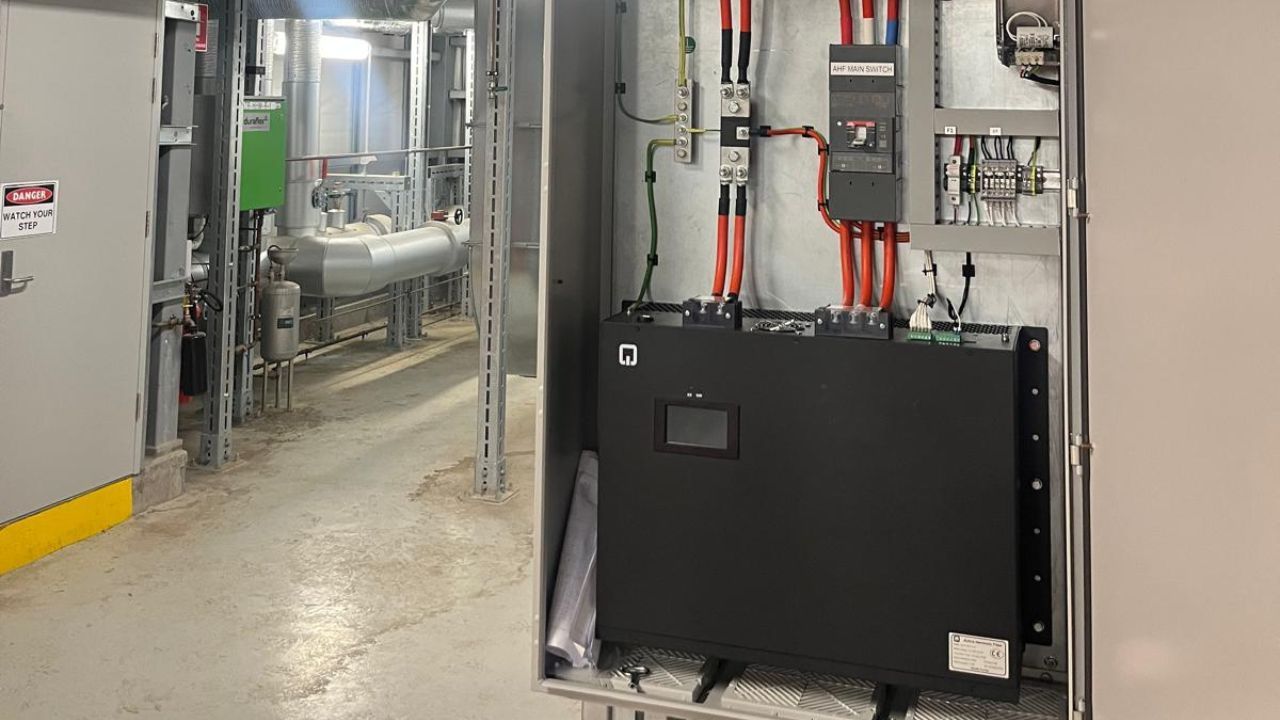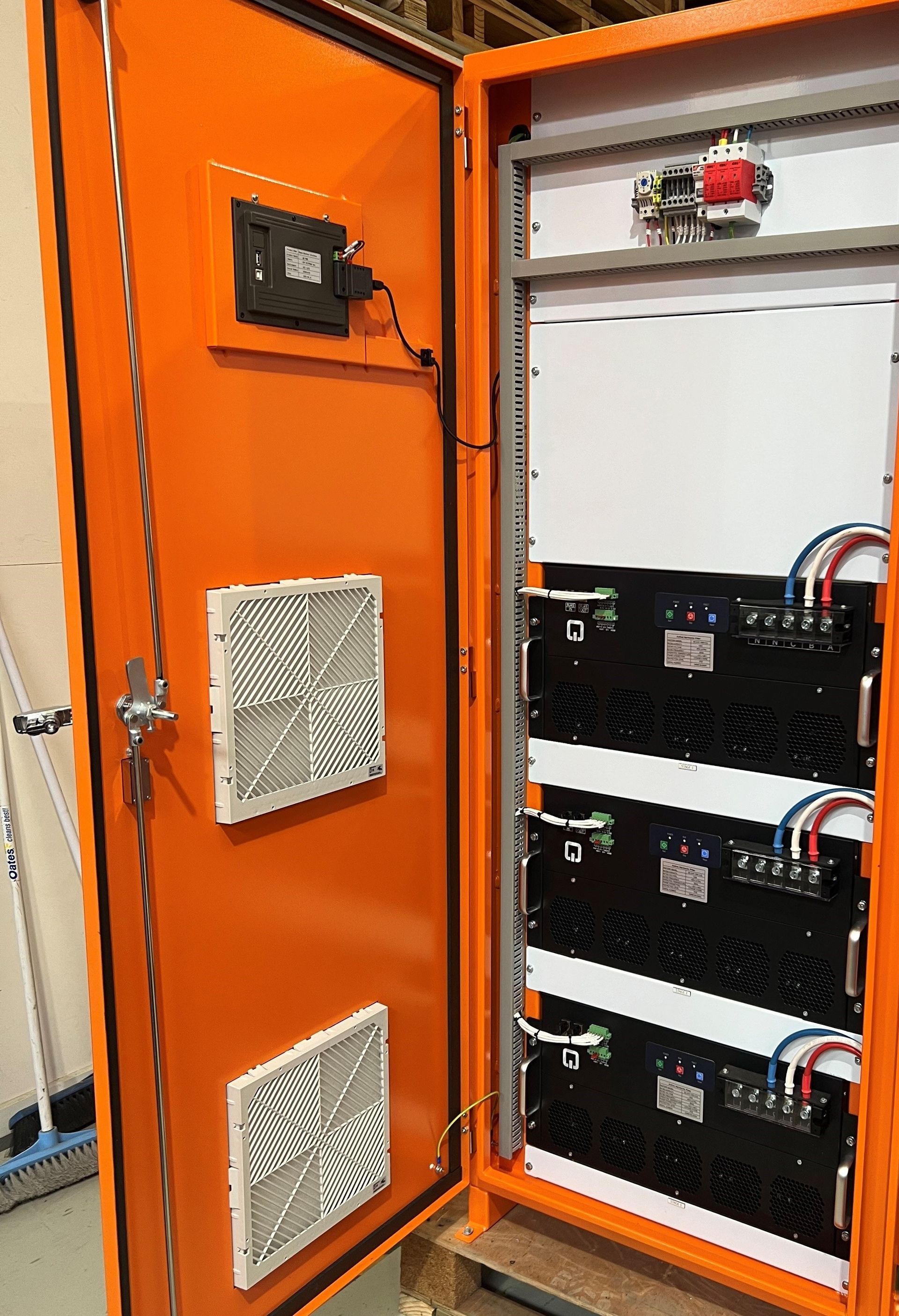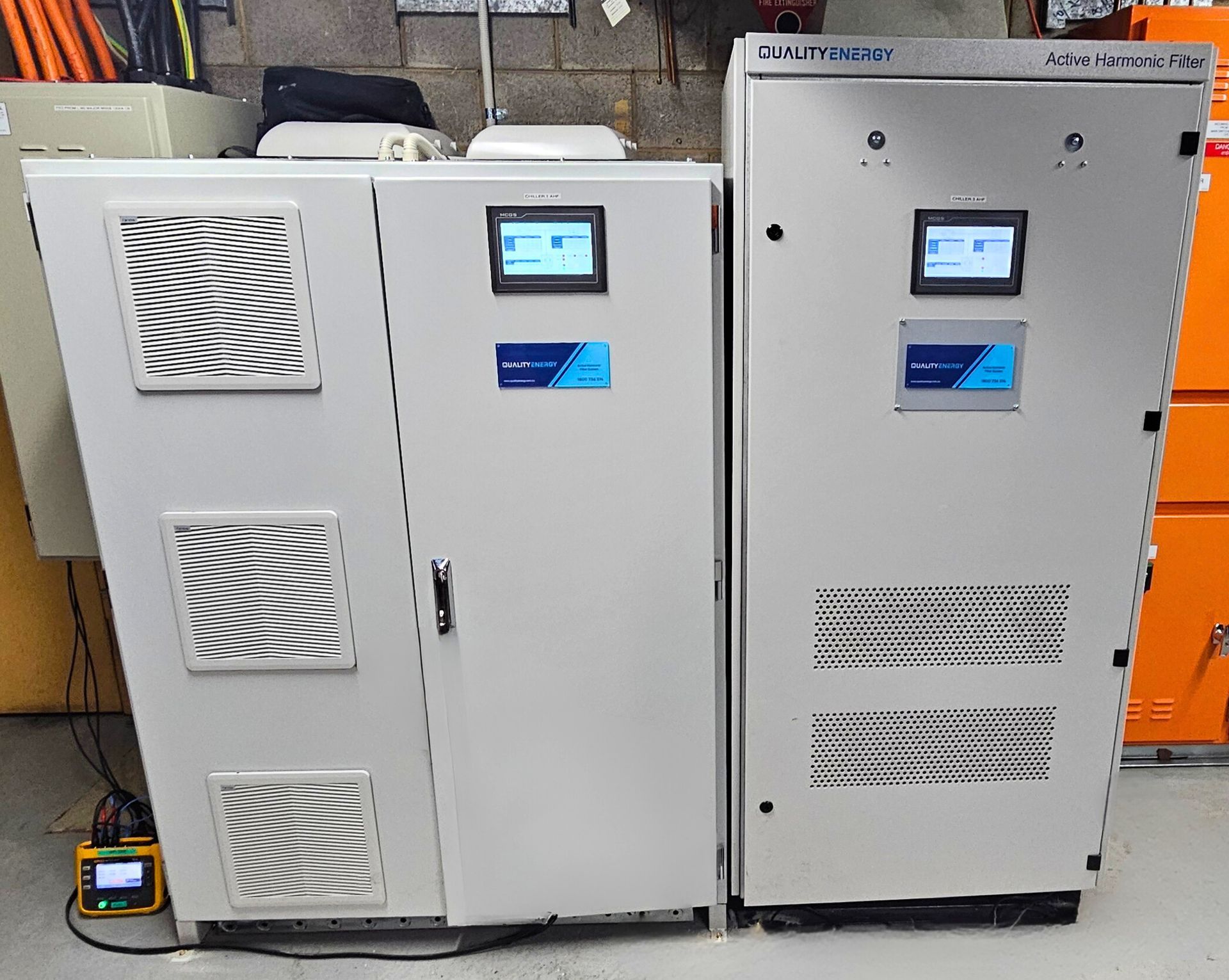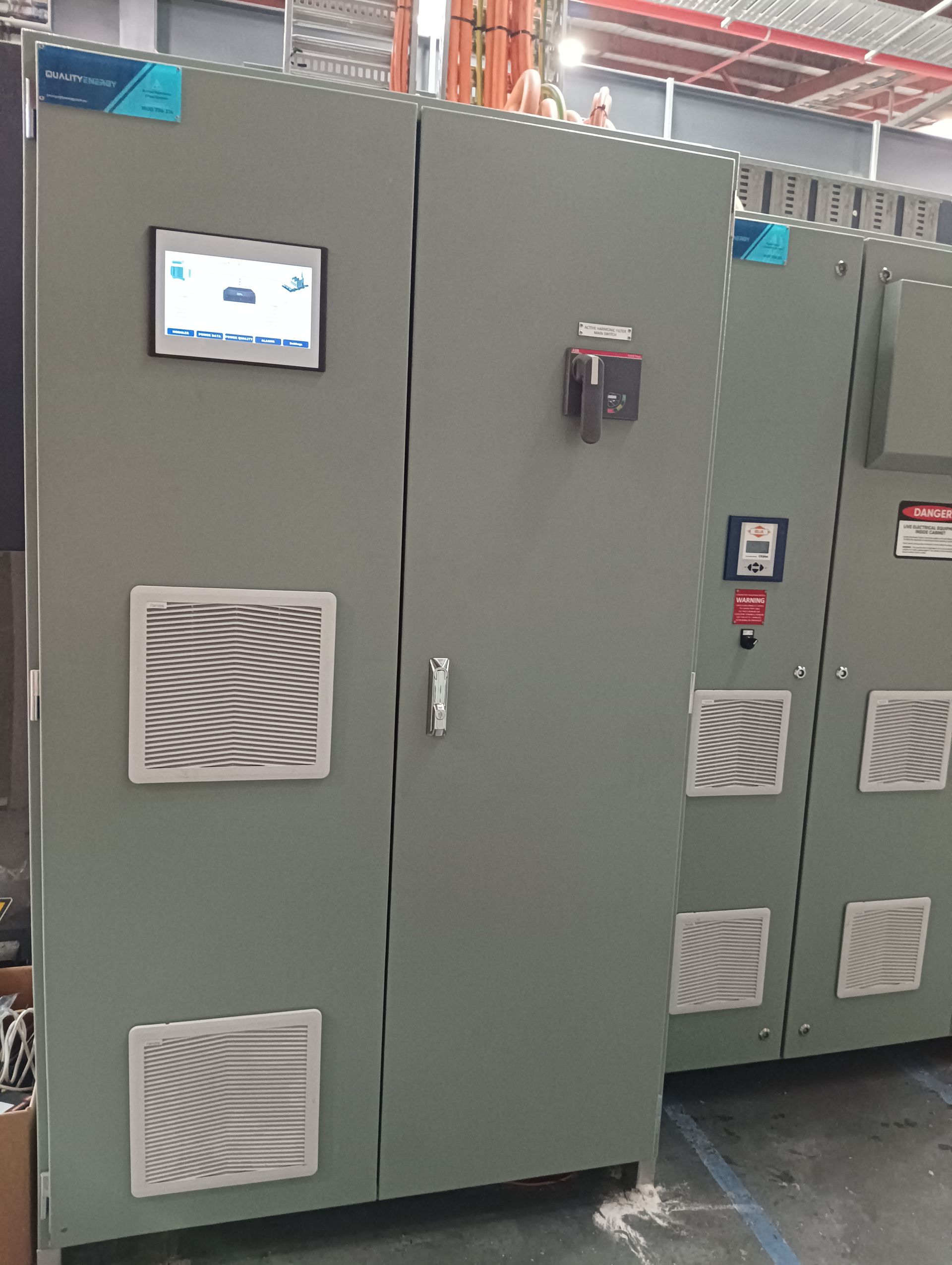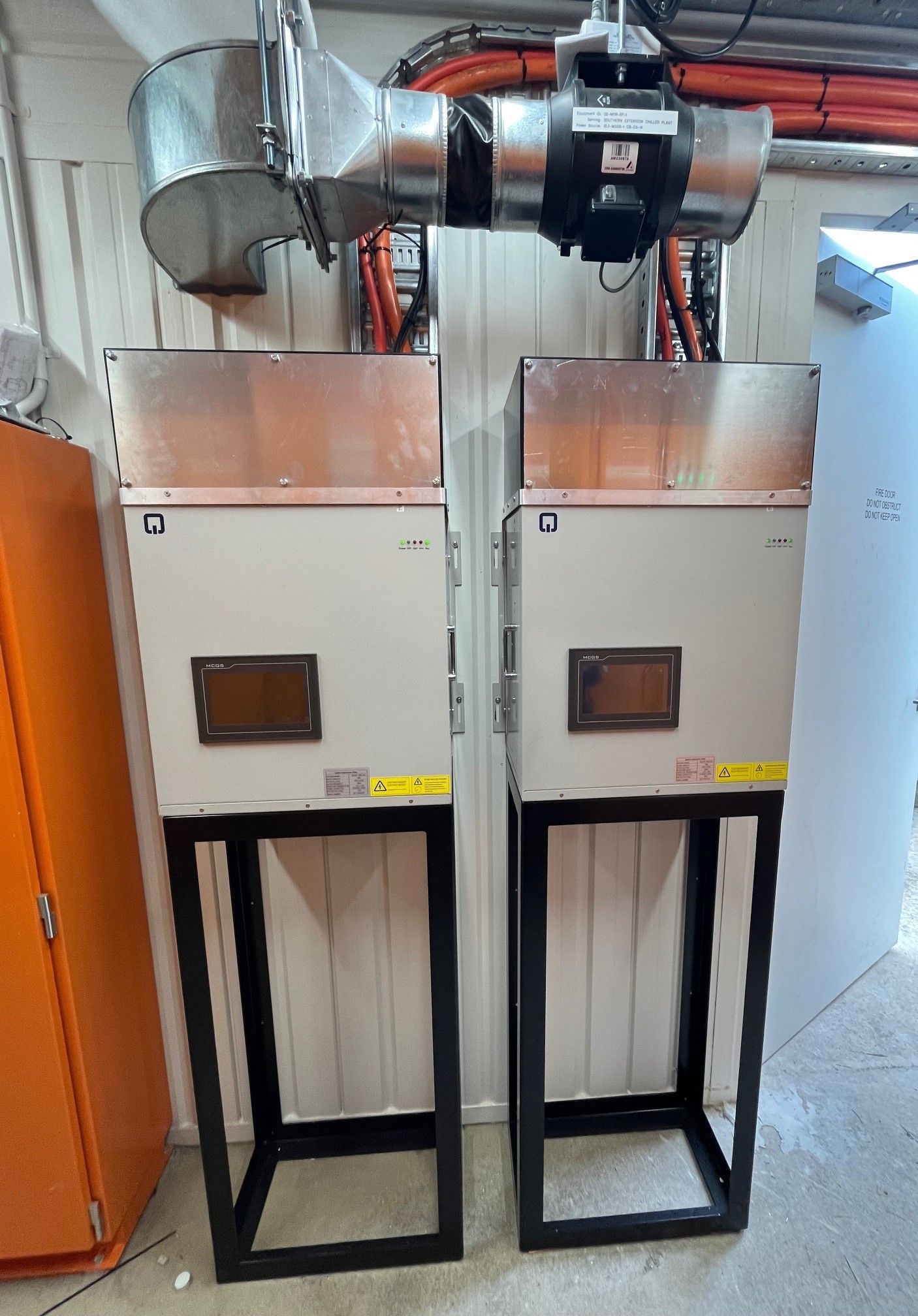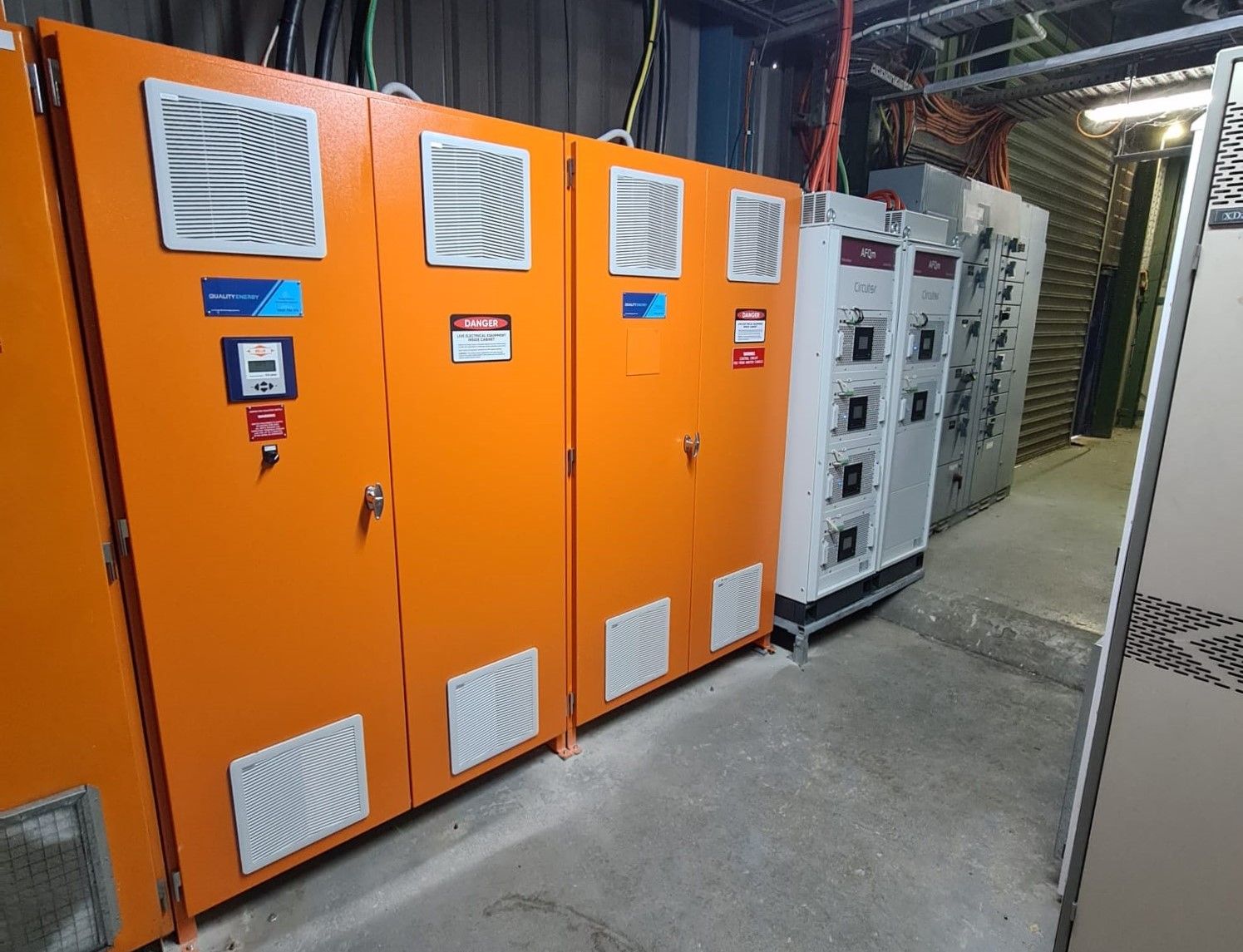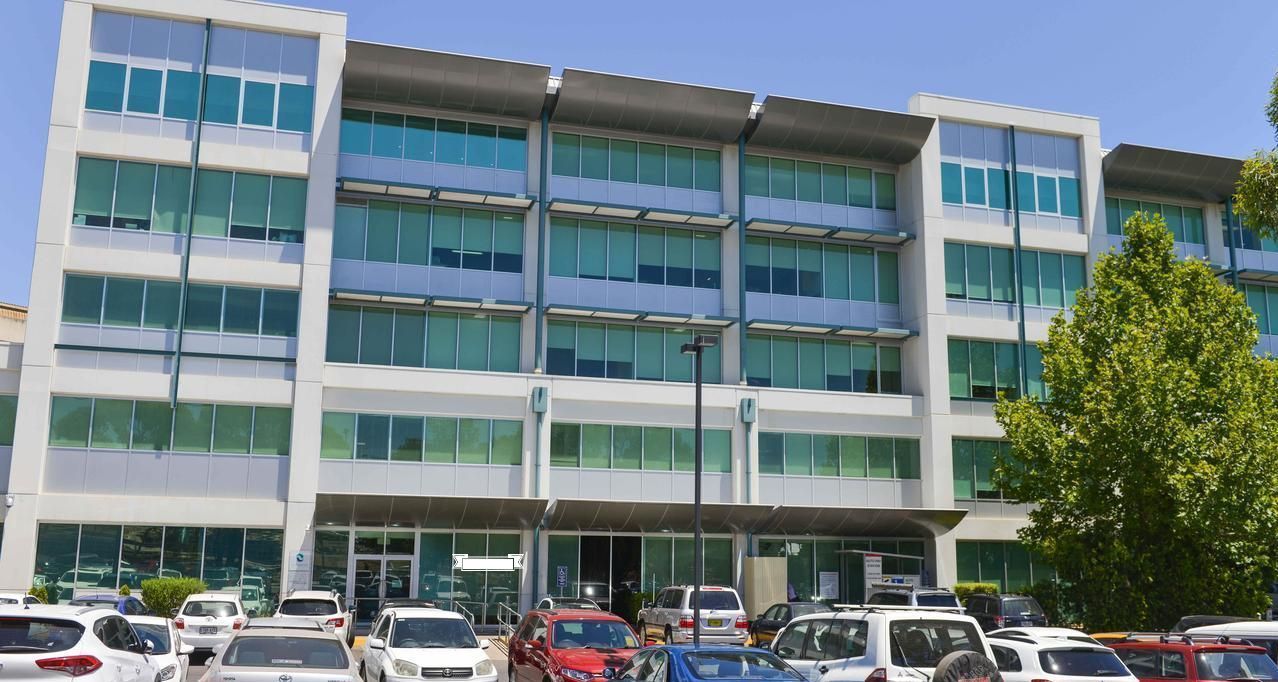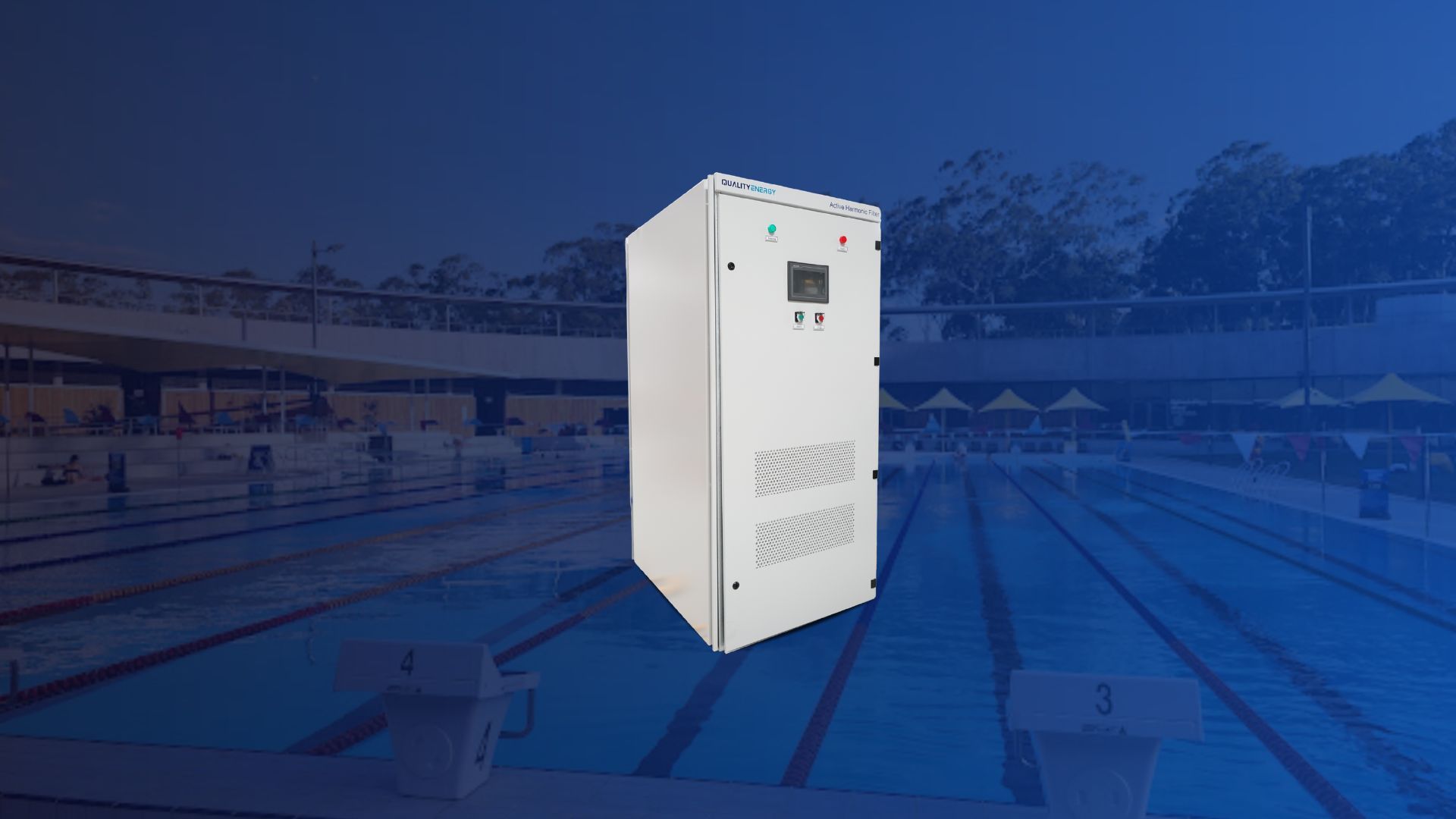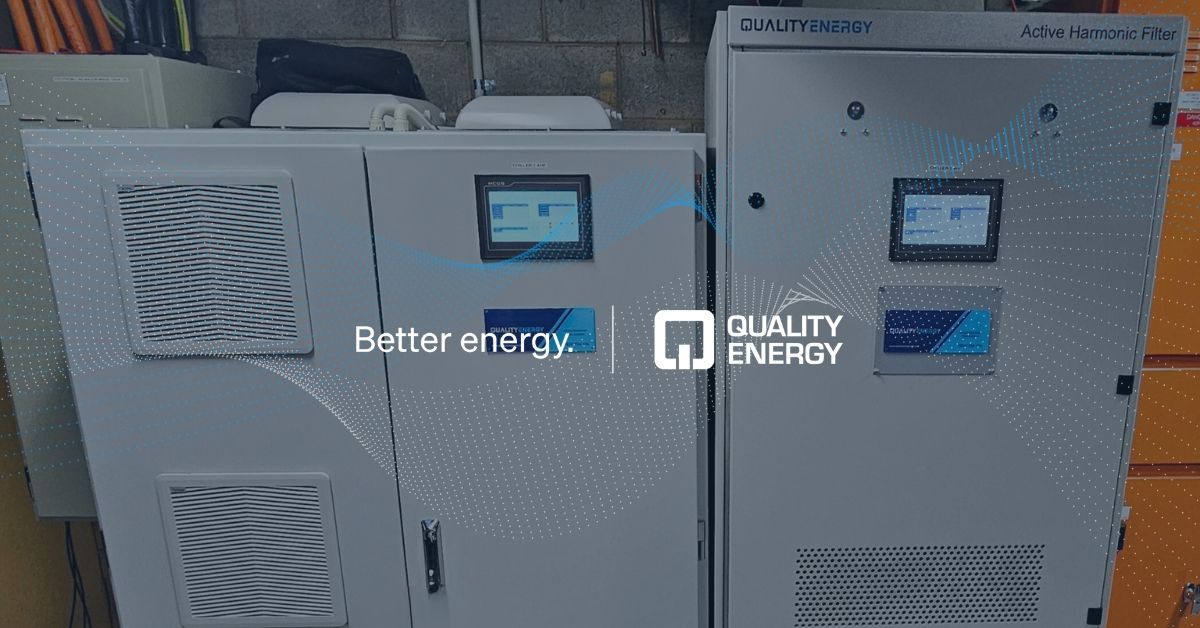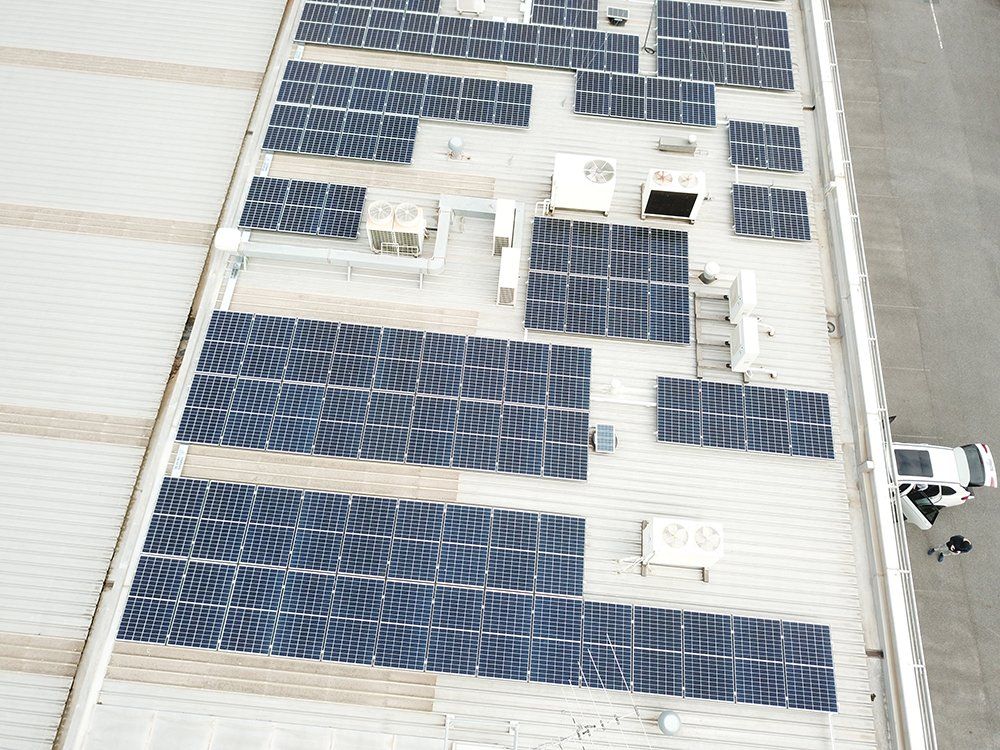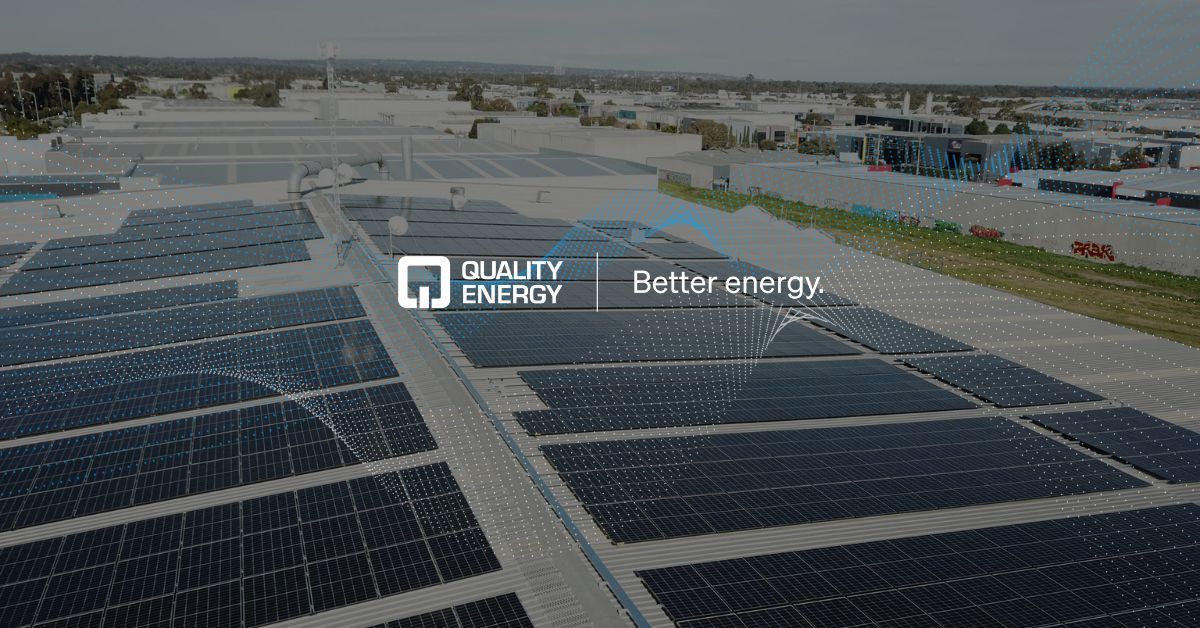Active Harmonic Filters
Improve Your Equipment Performance and Reduce Energy Costs.
Harmonic voltages (harmonics) within the power grid have the potential to cause equipment malfunction, overheating and hardware damage. Active Harmonic Filters can mitigate the risks associated with harmonic damages, improve power quality, and reduce energy costs.
The cleaner the grid, the greater the benefit.
Is your site having the following issues?
- Overheating electrical distribution equipment, cables, transformers, standby generators etc.
- High voltages and circulating currents caused by harmonic resonance
- Equipment malfunctions due to excessive voltage distortion
- Increased internal energy losses in connected equipment, causing component failure and shortened life span
- False tripping of branch circuit breakers
- Metering errors
- Fires in wiring and distribution systems
- Generator failures
- Crest factors and related problems
- Lower system power factor, resulting in penalties on monthly utility bills
If the answer is yes, harmonic voltages are likely causing these power issues.
What are Harmonics?
Harmonic voltages (harmonics) have the potential to cause equipment malfunction, overheating and hardware damage. They are a result of the distortion of normal electrical current that is caused by non-linear electrical loads. These non-linear power supplies draw current in high-amplitude short pulses that create significant distortion in the electrical current and voltage wave shape – harmonic distortion, measured as total harmonic distortion (THD).
The distortion travels back into the power source and can affect other equipment connected to the same source. Most power systems will experience problems when harmonics become a significant component of the overall load.
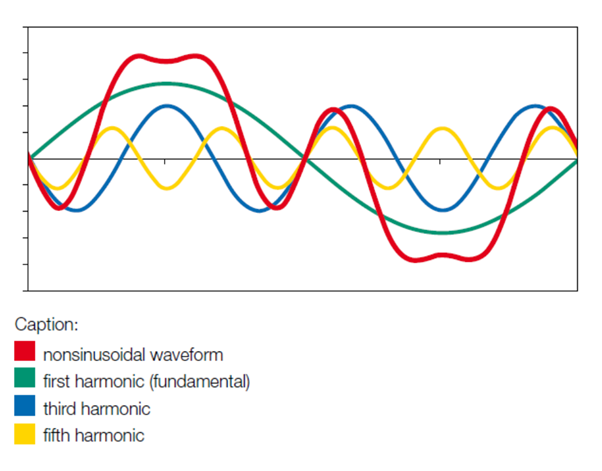
What Problems Are Caused by Harmonics?
Harmonic voltages in electricity supply can cause equipment and machinery to behave erratically or entirely malfunction. However, it can go completely undetected and misdiagnosed.
Some Effects of Harmonics
Cause
- Rise of the total current harmonic distortion (THDi%)
- Unwanted tripping of circuit breakers and residual current devices
- Increase in transformer temperature
- Decrease in UPS performance
- Decrease in motor performance
- Overheating of cable and switchboards
- Non-compliant switchboards under AS/NZS 61000.3.6.
Effects
- Current increase in conductors, temperature increase in conductors, possible insulation loss in conductors, malfunction in PLC.
- Power cuts in production lines
- Premature ageing of the transformer
- Need to expand UPS
- Premature ageing of motors
Problems
- Economic losses due to production downtimes
- Extra costs in maintenance
- Extra costs in installation, risk of production downtime and data loss
If your business faces these harmonic voltage problems, installing an active harmonic filter is the solution. Contact us to discuss how we can help mitigate harmonics in your electrical network.
Active Harmonic Filter
How does an Active Harmonic Filter Work?
Active Harmonic Filters (AHF) are filters and the perfect comprehensive solution to power quality problems with the grid, such as harmonics, reactive power, and three-phase load imbalance. Active harmonic filters can be used to filter out harmonics in the power system which are significantly below the switching frequency of the filter.
The active harmonic filter cleans out higher and lower-order harmonics in an electrical system. The process is also known as harmonic mitigation.
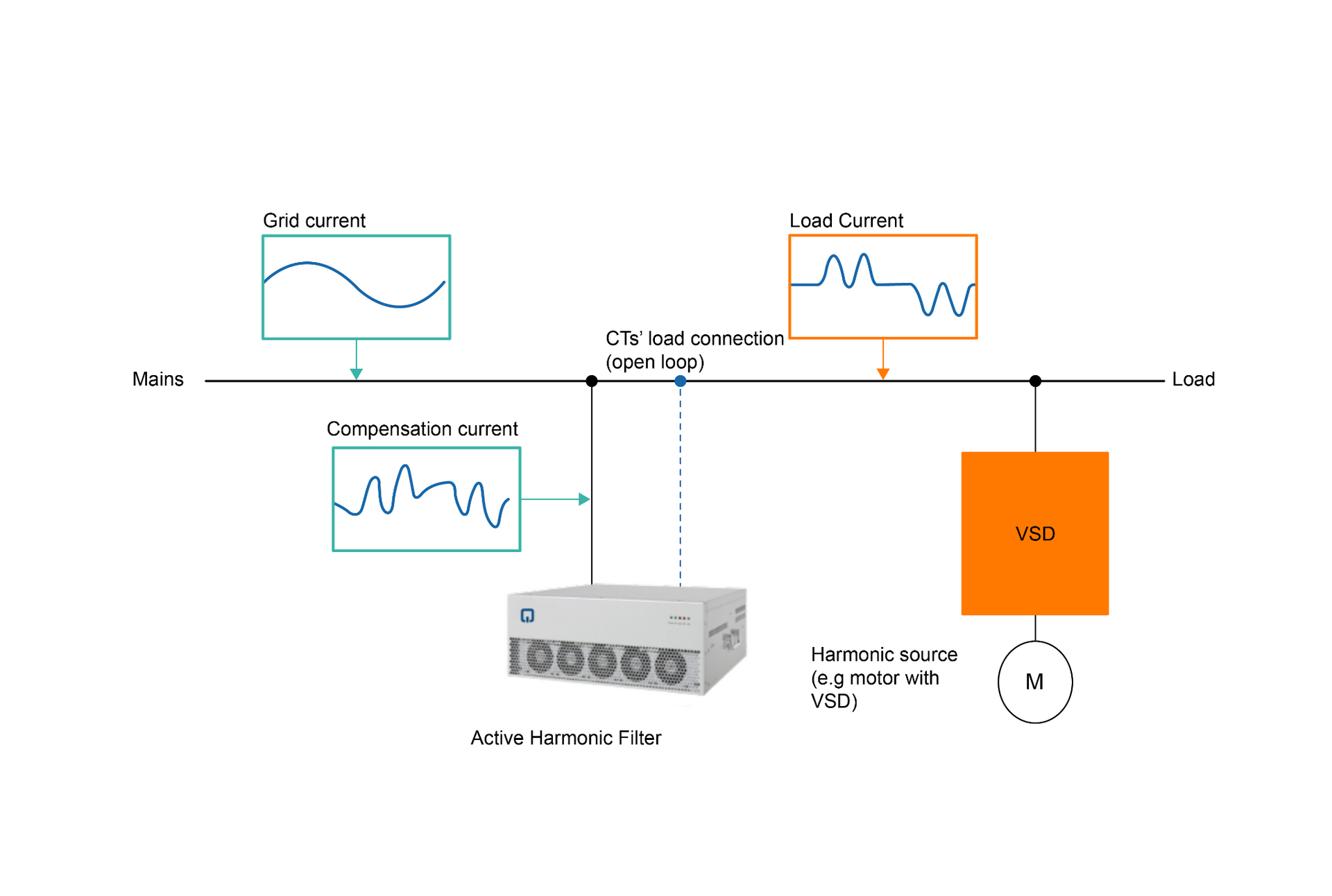
Benefits of Active Harmonic Filters
Harmonic Filtering Efficiency
Active harmonic filters have high filtering efficiency, mitigating up to 20 harmonics simultaneously with a selection of harmonics up to the 50th order.
Reactive Power Compensation
Active Harmonic Filters can perform precise step-less reactive power compensation of both inductive and capacitive loads. The target cos φ is programmable from 0.6 inductive to 0.6 capacitive, which makes Active Harmonic Filters an alternative to conventional capacitor banks. Moreover, this compensates loads fed by generators without the risk of over-compensation. In addition, capacitive loads can also be compensated.
Load Balancing
This feature is available in 3-wire and 4-wire systems between phases and between phase and neutral. It helps to improve voltage imbalance on the phases and reduction of neutral current, which increases the safety of the installation and allows sensitive loads to operate more efficiently.
Features and Benefits of Quality Energy Active Harmonic Filters
Quality Energy Active Harmonic Filtering Systems
Quality Energy manufactures all our SVG and AHF equipment in our manufacturing hub at Moorabbin, Victoria. We partner with premium electrical components manufacturers who are leaders in the field, enabling the creation of a new generation of Quality Energy Active Harmonic Filters and Static Var Generators that are flexible yet do not compromise on performance.
Features:
- Modular design with three-level topology performance.
- Wall-mounted unit or floor-standing options.
- Individual selection of harmonics to be filtered to ensure maximum performance.
- Single cabinet, meaning single supply and a reduction in installation costs for hybrid solutions.
- Selection of harmonics up to the 50th order
- Harmonic attenuation factor better than 97%
- Available in IP20 (wall-mounted), IP30 and IP54 (floor-standing) as standard.
- Best in class 3-year manufacturing warranty (conditions apply).
Australian Standards Compliance for Active Harmonic Filters
Safe. Reliable. Compliant.
In Australia, the AS/NZS 61000.3.6 standard governs the acceptable level of harmonic voltage distortion and aligns with the IEEE 519 guidelines. If your power supplier or distributor is dissatisfied with the amount of voltage distortion at the point of common coupling (PCC), they may require harmonic filtering to comply with the Australian Standards. The 1992 edition of IEEE 519 specifies limits for both harmonic voltages on utility transmission and distribution systems and harmonic currents within industrial distribution systems. By managing the currents or impedances in the industrial facility, one can regulate harmonic voltages on the utility distribution since these voltages arise from the flow of harmonic currents through distribution system impedances.
Quality Energy’s Active Harmonic Filters comply with Australian Standards, ISO 9001:2015 and ISO 14001:2015. We configure and build our Active Harmonic Filters in our manufacturing hub and factory at Moorabbin, Victoria and undergo rigorous factory testing (FAT).
Quality Energy's Active Harmonic Filter in Action
In this Active Harmonic Filter use case scenario, the Total Harmonic Distortion (THDi) for three phases at the site is 15%. After installing and commissioning Quality Energy's Active Harmonic Filters, the THDi was reduced to 3%. This is a significant reduction in harmonics.

Harmonics before and after Active Harmonic Filter installation

Current waveform before and after Active Harmonic Filter installation
What our customers say
FAQs about Active Harmonic Filters
There are many questions about Harmonics and its impact, and how does Active Harmonic Filters help to control harmonics in your business' power systems. Here you can find the most common questions we get. If your question is not listed below, please do not hesitate to contact our team and we can help with your queries.
Related articles

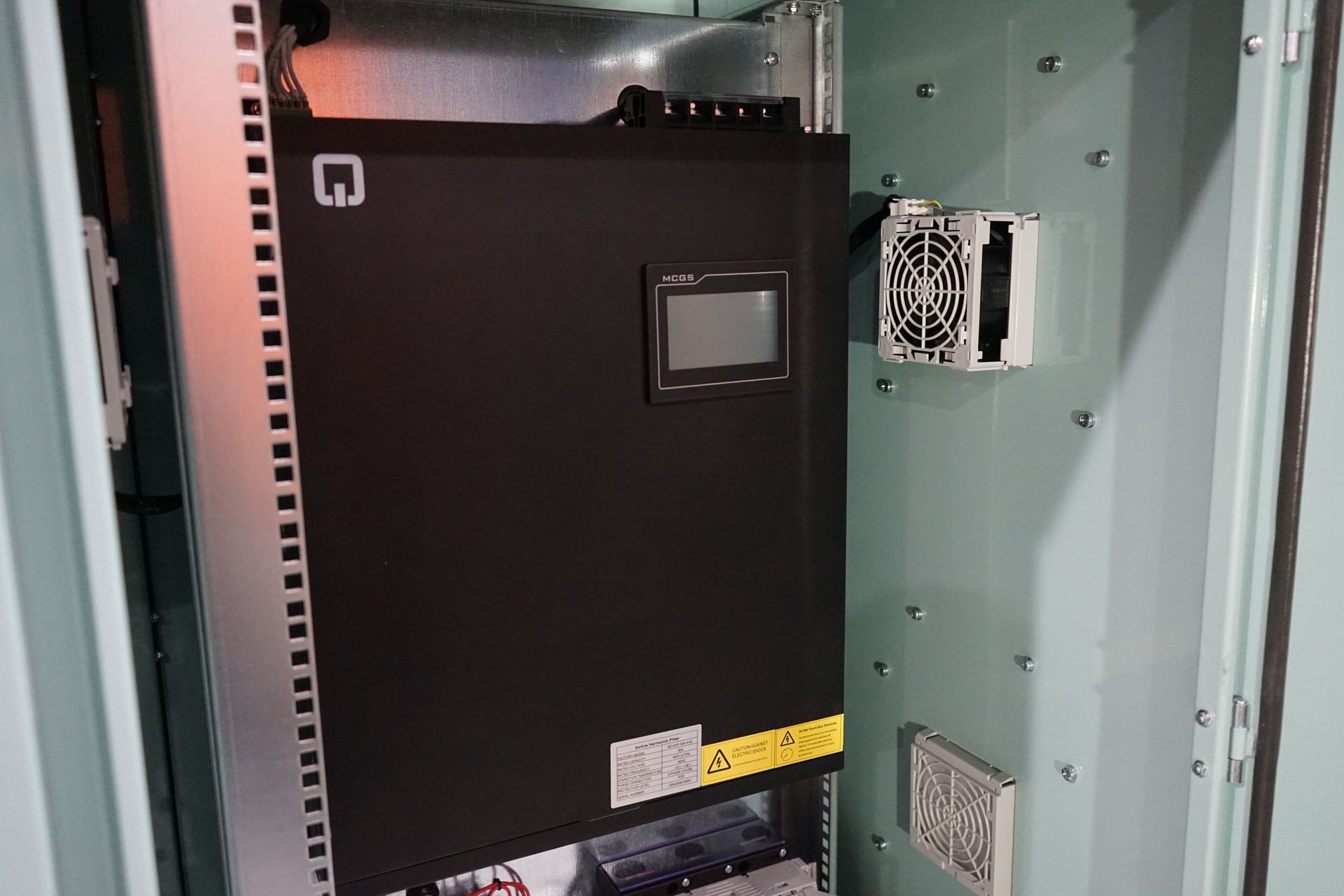
Is your business suffering from unexplained electrical faults, failures or power spikes?
A power quality audit will identify issues and give us the data we need to design an appropriate solution for your business.
Looking to get expert advice? Fill in your details below and we'll get right back to you.
We respect your privacy


